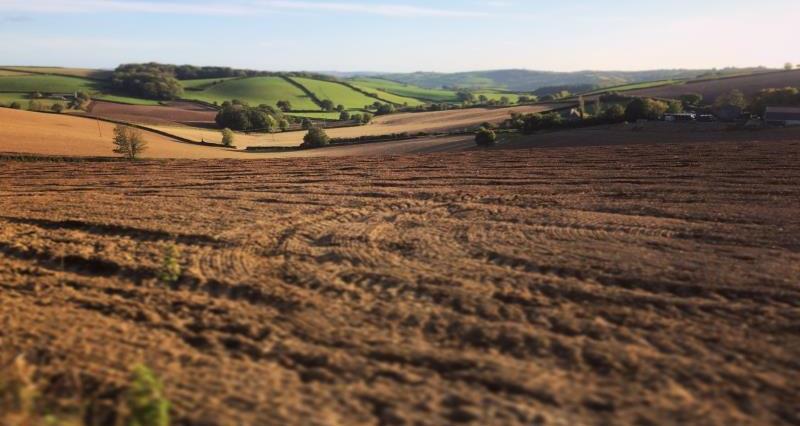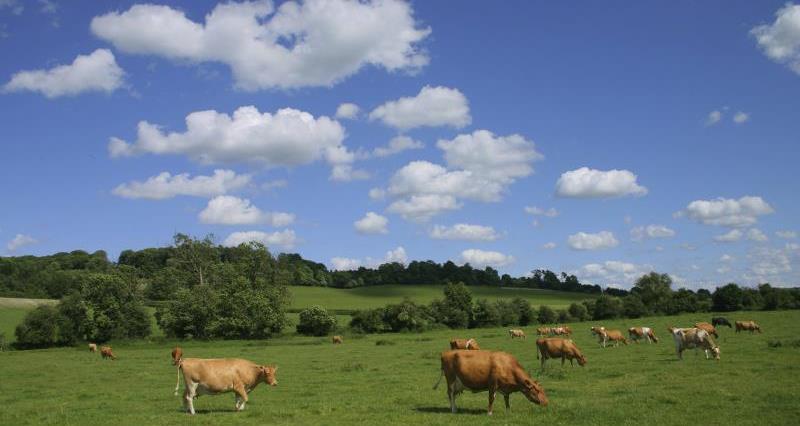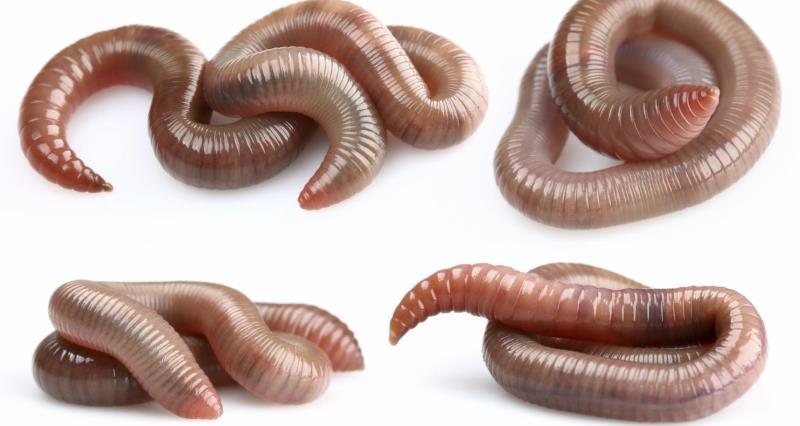Soil organic matter is made up of plant and animal matter which releases nutrients into the soil as it decomposes. This improves the porosity, workability, fertility and biota of soils, as well as helping to maintain good structure.
Where there are good levels of soil organic matter, the risk of capping, slumping and erosion can be reduced.
Levels of soil organic matter can be maintained or improved by:
- Retaining crop residues
- Growing green manures or cover crops
- Applying organic materials (e.g. livestock manures, biosolids or composts)
- Introducing grass leys into an arable rotation
- Extending the length of time grass is managed in an existing rotation
In an arable rotation, reduced cultivation techniques can also be a good practice to help maintain soil organic matter, especially in the soil surface tilth.

In grassland, sensitive management of permanent pasture is key.

Biota describes all the animal and plant life in the soil. A diverse biota is required to maximise soil health and crop potential, reduce reliance on artificial inputs and achieve better disease resistance in crops.
A diverse soil biota is required to:
- Maximise soil health and crop potential
- Reduce reliance on artificial inputs
- Achieve better disease resistance in crops
- Improve food supplies for farmland wildlife

